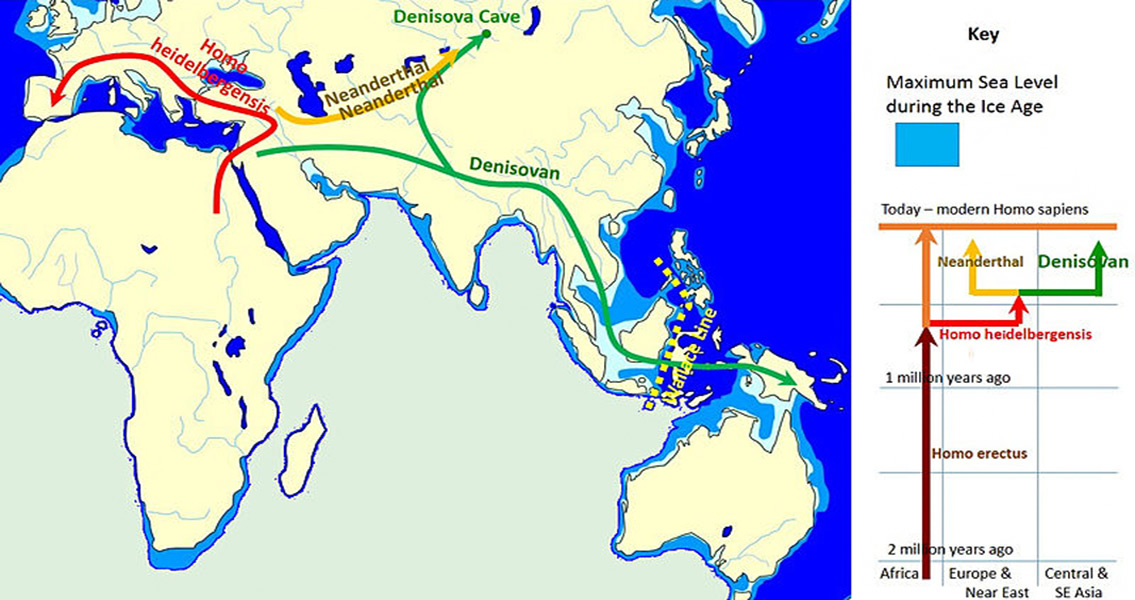<![CDATA[A team of archaeologists working in a cave in the Altai Mountains have discovered fragments of a human skull, ribs and finger bone that date back between 35,000 and 50,000 years or more, the Siberian Times reports. The fossils will now have to be analysed but lead researcher Andrey Krivoshapkin, head of the Archaeology and Ethnography department at the Novosibirsk State University, told the Daily Mail that, “in an ideal world we would like to have the nail phalange to belong to a modern man, carrying genes of both Neanderthal and Denisovan man, and the older find (the skull) belonging to Neanderthal man, and the oldest fragment - the rib - to be from Denisovan man.” The finds were made in a cave called Strashnaya (Scary), some 125 km from the more famous Denisova cave where the first fossils belonging to the species now known as the Denisovans were found. That was a small finger bone that analysis showed had belonged to a young woman who lived around 41,000 years ago. The fragment was found to be distinctly different from both Homo Sapiens and Neanderthals that lived at the same time. Since then, studies have shown that the Denisovans interbred frequently with both Neanderthals and modern humans, and traces of Denisovan DNA have been found as far from Altai as Papua New Guinea. The Siberian Times also mentions that the researchers excavating the Denisovan cave are currently involved in a study of other fossils discovered there with scientists from Oxford University. The nature of these fossils has not been disclosed. These latest finds from Strashnaya were unearthed from different Pleistocene levels – the earliest, in the deepest level, was the rib fragment, then came the skull fragment, and the “newest” find was the nail phalang, found in a layers dating back 35,000 to 40,000 years ago, said Krivoshapkin. The skull fragment was found near some tools similar to ones found in other excavations, suggesting it may have belonged to a Neanderthal. Krivoshapkin added that whatever his own hopes, the results may surprise the scientific community and will shed light on the interactions between the three hominin species that inhabited the region – the Denisovans, the Neanderthals, and modern humans. The Strashnaya cave has apparently been a pocket of local order, in time geography terms, a place consistently occupied over a long period of time. Earlier digs at the site have yielded Stone Age tools, as well as pottery dating from the Bronze Age to the Middle Ages. An earlier study of Denisovan DNA, following the one that discovered traces of it in Papua New Guineans, revealed such traces in as many as 33 different populations from Asia and Oceania. The authors of the paper, published in the American Journal of Human Genetics in 2011, noted that the Denisovans had interbred with the ancestors of these populations but not with those of modern-day East Asians. This suggests the settlement of Asia did not happen in one wave but rather in two waves, writes the Daily Mail. The first wave included the ancestors of those 33 populations, while the ancestors of the populations living today in East Asia came later and did not interbreed with the Denisovans. Image courtesy of Wikimedia Commons user: John D. Croft]]>
50,000-Year-Old Bones Found in Altai
